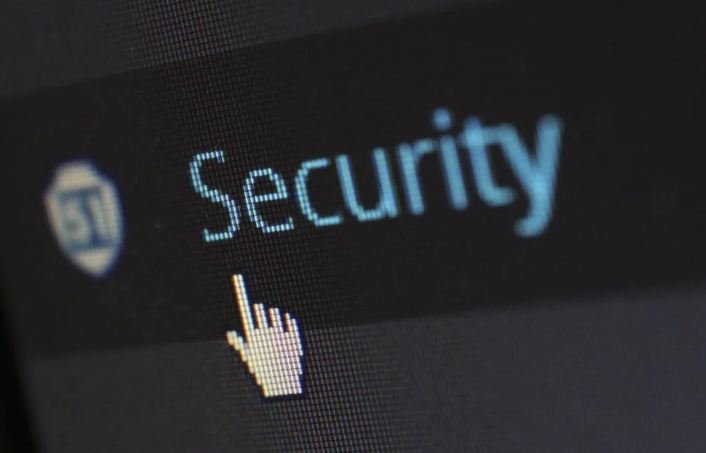Best Practices To Mitigate Web3 Security Risks
4 min read
Web3 is revolutionizing the digital landscape, but it also brings new security risks. In this article, we explore the best practices to mitigate those risks and ensure safety in making digital transactions such as mobile payments on an android digital wallet.
Understanding Web3 Security Risks
Web3, with its decentralized nature and blockchain technology, introduces a new paradigm for digital interactions. While it brings exciting possibilities, it also presents unique security risks that users must be aware of. Understanding these risks is crucial for effectively mitigating them. Let’s delve into the details:
Web3, or Web 3.0, is an evolution of the traditional internet that aims to create a decentralized and user-centric digital ecosystem. Unlike Web 2.0, where centralized entities control data and services, Web3 leverages blockchain technology to enable peer-to-peer transactions and interactions without intermediaries. However, this decentralized nature introduces its own set of security challenges.
One significant security risk in Web3 revolves around smart contracts. Smart contracts are self-executing contracts with the terms of the agreement written into code. While they offer transparency and efficiency, vulnerabilities in smart contract code can lead to serious consequences. Common vulnerabilities include reentrancy attacks, timestamp dependencies, and unchecked external calls. Exploiting these vulnerabilities can result in financial losses or unauthorized access to sensitive information.
Another area of concern in Web3 security is phishing and social engineering attacks. These attacks target users through deceptive techniques, aiming to steal sensitive information or gain unauthorized access to their Web3 accounts. Phishing attacks often involve creating fake websites or sending fraudulent emails that mimic legitimate platforms or services. Unsuspecting users may unknowingly disclose their private keys or passwords, allowing attackers to compromise their accounts and assets.
Securing Web3 wallets is also of paramount importance. Web3 wallets store private keys that grant access to users’ digital assets. Wallet security risks include malware, keyloggers, and insecure storage. If a wallet is compromised, attackers can gain control over the user’s assets, resulting in significant financial losses. Users must adopt best practices such as using hardware wallets, keeping software up to date, and utilizing secure password management techniques to safeguard their wallets.
Decentralized Applications (DApps) also pose security challenges in the Web3 ecosystem. DApps operate on decentralized networks and interact with smart contracts. However, due to their distributed nature, they may be vulnerable to various attacks, including front-running attacks, transaction order manipulation, or unauthorized code modifications. Building and using secure DApps require careful consideration of potential risks and adherence to robust development practices.
Best Practices to Mitigate Web3 Security Risks
One of the critical steps in mitigating Web3 security risks is to conduct thorough code audits. This involves reviewing the smart contracts and underlying code of the platforms and projects you interact with. By engaging external auditors or using automated analysis tools, you can identify vulnerabilities, potential exploits, and security weaknesses. Code audits provide valuable insights into the security posture of a project and help ensure that proper security measures are in place.
Multi-factor authentication is a vital layer of security for your Web3 wallets and accounts. By requiring multiple forms of verification, such as passwords, biometrics, or hardware keys, MFA adds an extra barrier against unauthorized access. This significantly reduces the risk of stolen passwords or compromised accounts. Choose a reputable MFA method supported by your Web3 platform or wallet provider and enable it to enhance the security of your digital assets.
In the rapidly evolving world of Web3, staying informed and educated about the latest security practices is crucial. Keep up-to-date with industry news, security advisories, and best practices shared by reputable sources. Engage with the Web3 community through forums, social media groups, and developer channels to learn from others’ experiences and stay ahead of emerging threats. By continuously expanding your knowledge and awareness, you can proactively protect yourself against new security risks.
The Web3 ecosystem is vast, offering numerous projects and platforms for users to engage with. However, not all projects or platforms prioritize security equally. Before getting involved, conduct thorough research to assess the reputation and track record of the projects and platforms you are considering. Look for projects that have undergone external security audits, have transparent security practices, and are supported by reputable teams. Choosing reputable projects and platforms minimizes the risk of falling victim to scams or insecure environments.
Conclusion
In the decentralized world of Web3, security is paramount. Conduct thorough code audits, use multi-factor authentication, stay informed, and choose reputable projects and platforms. By following these best practices, you can navigate the Web3 landscape with confidence, mitigating security risks and safeguarding your digital assets.






